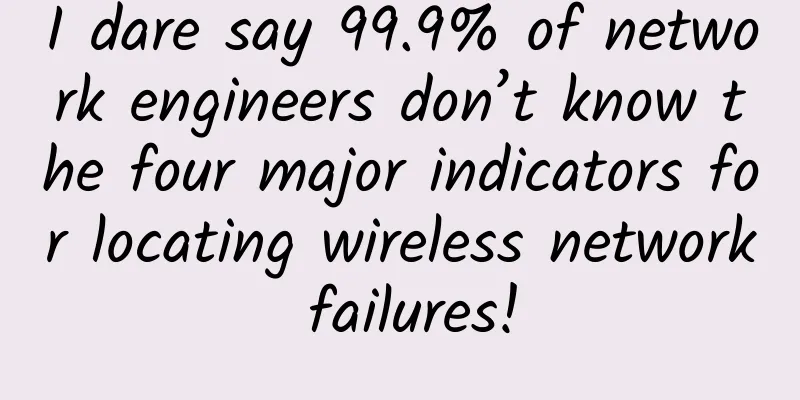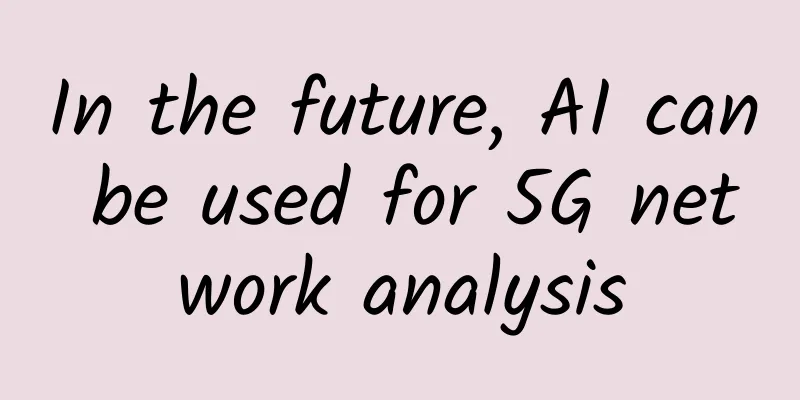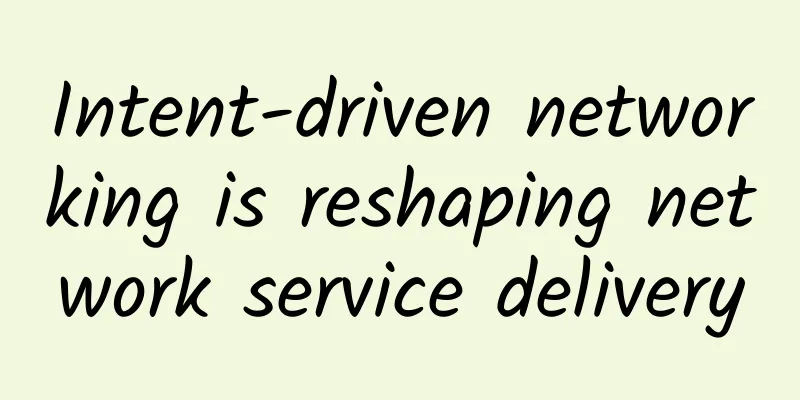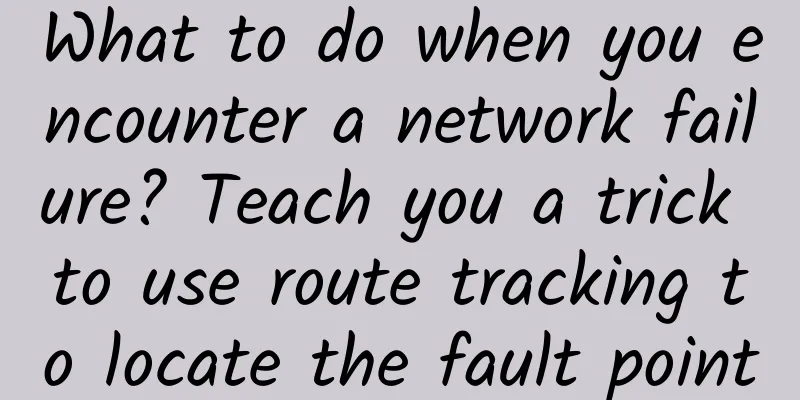I dare say 99.9% of network engineers don’t know the four major indicators for locating wireless network failures!

1. Related concepts1. Noise FloorDefinition: It refers to the noise present in communication systems or electronic devices when there is no useful signal. It is an inherent noise caused by a variety of physical phenomena and electronic component characteristics. When the average noise floor value detected by the AP is higher than -80, you need to be alert, as the wireless environment may not be ideal: 2. Channel UtilizationDefinition: Channel utilization refers to the ratio of the time actually used to transmit valid data to the total available time on a communication channel. It reflects the degree to which channel resources are effectively utilized. Calculation: Channel utilization = (time for transmitting valid data / total available time) × 100%. For example, if a channel transmits valid data for 6 seconds out of 10 seconds, then the channel utilization is (6/10) × 100% = 60%. Generally speaking, when the channel rate is higher than 60%, it means that the radio frequency is busy. 3. Receive air interface utilizationDefinition: The ratio of the air interface resources actually used by the receiving end to receive data to the total air interface resources. It is used to measure the utilization of wireless resources by the receiving end. Calculation: Receive air interface utilization = (air interface resources occupied by received data / total air interface resources) × 100%. A larger value indicates that the AP's wireless data reception is more severely blocked. 4. Send air interface utilizationDefinition: The ratio of the air interface resources (such as wireless frequency band) actually occupied by the sender to send data to the total air interface resources. It is mainly used to measure the efficiency of the sender's use of wireless resources. Calculation: Sending air interface utilization = (air interface resources occupied by sending data / total air interface resources) × 100%. The larger the value, the more serious the obstruction to AP wireless data reception. Taking H3C AP as an example, you can view its radio frequency information: Now that we have a brief understanding of the four wireless indicators above, how do we determine the cause of wireless network failure? Let’s continue reading. 2. Wireless Index AnalysisThe background noise is a fixed value that depends on the wireless environment. When there are strong non-WIFI or WIFI-like interference devices such as microwave ovens, industrial welding machines, and communication base stations in the on-site environment, the background noise will become larger, that is, the "wireless environment is not clean". It is like you want to drive a sports car but the road is bumpy. It is impossible to adjust the AC and AP. The only way to do this is to physically remove them and manually communicate to clear the obstacles. Engineers should pay more attention to the three indicators of channel utilization, receiving air interface utilization and transmitting air interface utilization. Generally speaking, since wireless works in "half-duplex", the sum of the receiving and transmitting air interface utilization of the AP will not exceed 100%. In most cases, wireless performance anomalies are caused by one-way obstruction. The following scenarios: 1. RX is much greater than TX: the receiving air interface utilization is 80, and the sending air interface utilization is 5That is, the AP receiving air interface utilization is much greater than the sending air interface utilization and the sum of the two is greater than 80, indicating that the AP RX direction is severely blocked. The reason for this problem is that the AP receives too many wireless frames of the same frequency. Typical cases are:
2. RX is much smaller than TX: the receiving air interface utilization is 5, and the sending air interface utilization is 80That is, the AP receiving air interface utilization is much smaller than the sending air interface utilization and the sum of the two is greater than 80, indicating that the AP TX direction is severely blocked. The reason for this problem is that the AP sends a large amount of data and occupies the air interface resources. Typical cases are:
3. Channel utilization >> Receive air interface utilization + Send air interface utilizationBecause the reception and transmission air interface utilization statistics are based on WiFi frames and cannot identify non-WiFi signal waves, if the AP finds that its reception/transmission air interface utilization is not high, but the sum of the two is much smaller than the channel utilization, it means that there are no major problems with the AP's packet reception and transmission, but the wireless experience is still very poor. This can be considered as non-WiFi interference in the environment. |
Recommend
HostDare: 20% off for Japan VPS starting at $18.39/half year, 60% off for Los Angeles VPS starting at $10.4/year
HostDare launched the Japanese VPS at the end of ...
Is your home connected to the Gigabit Internet? There are nearly 15 million Gigabit broadband users in China
[[417031]] According to Zhongguancun Online, the ...
Mobile phone + satellite, how difficult is it?
These days, news about satellite phones has beco...
Why does wireless communication require synchronization?
[[345536]] This article is reprinted from the WeC...
The Legend of Network Protocols (IV): Be Careful in the Evolutionary Path
Vinton Cerf, who is revered as the "Father o...
Cloud signing! Changhong Jiahua and Huawei Enterprise Business reached a general distributor cooperation intention in China
[51CTO.com original article] On March 2, 2020, Hu...
How is an excellent testing infrastructure created? eBay's Ru Bingsheng talks about the history of testing evolution
[51CTO.com original article] The Global Software ...
Gartner Releases: Top Ten Wireless Technology Development Trends
Wi-Fi will continue to dominate the industry over...
RAKsmart: US/Hong Kong/Japan VPS starting from $1.99 per month, G-port unlimited traffic server starting from $199 per month
RAKsmart is an early-established foreign hosting ...
5G: How businesses can prepare
5G is the marketing term for the fifth generation...
The US Department of Defense opposes satellite communications companies' deployment of 5G networks
On April 20, local time in the United States, the...
TmhHost is 30% off during the summer vacation, starting from 24 yuan/month, Hong Kong CN2/Los Angeles CN2/Los Angeles High Defense/Japan Softbank lines are available
During the summer vacation, TmhHost offers a 30% ...
Hostodo: $17.99/year KVM-1GB/12GB/4TB/Las Vegas
Hostodo is a foreign VPS hosting company founded ...
Huawei launches LampSite X indoor digital innovation solution to unleash the unlimited potential of the digital world
[Dubai , UAE , October 11, 2023 ] During the 2023...
[Black Friday] HostDare: $9.89/year-768MB/15G NVMe/1TB/Los Angeles Data Center
HostDare also released a Black Friday promotion p...









